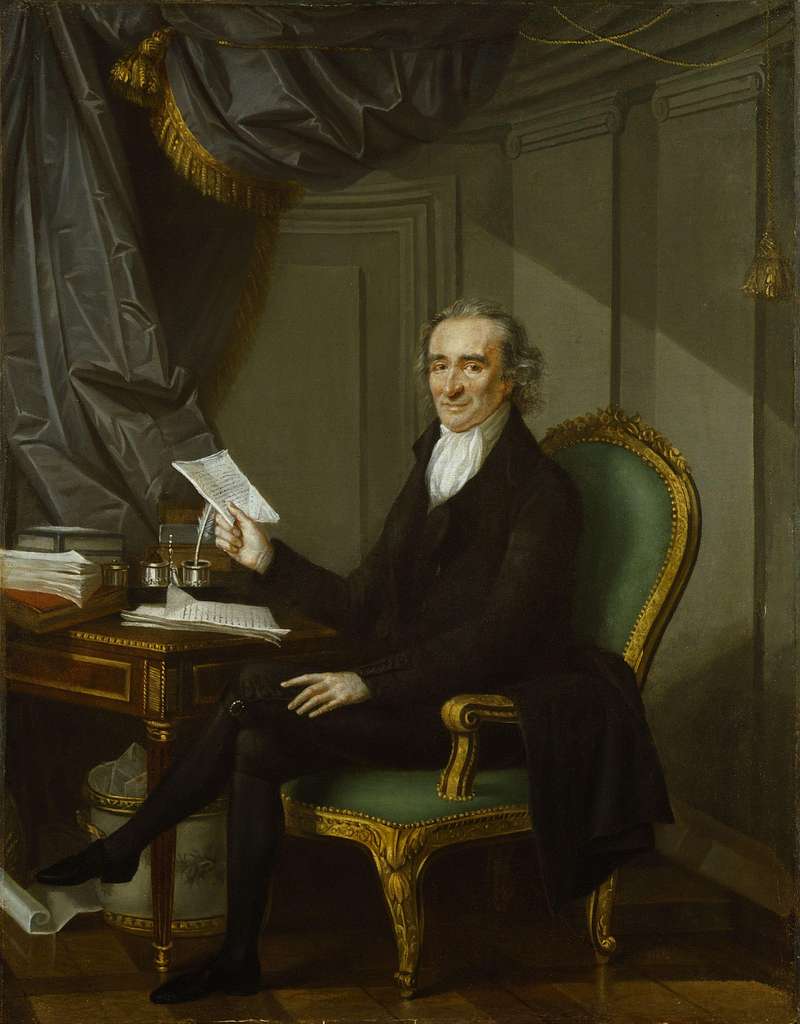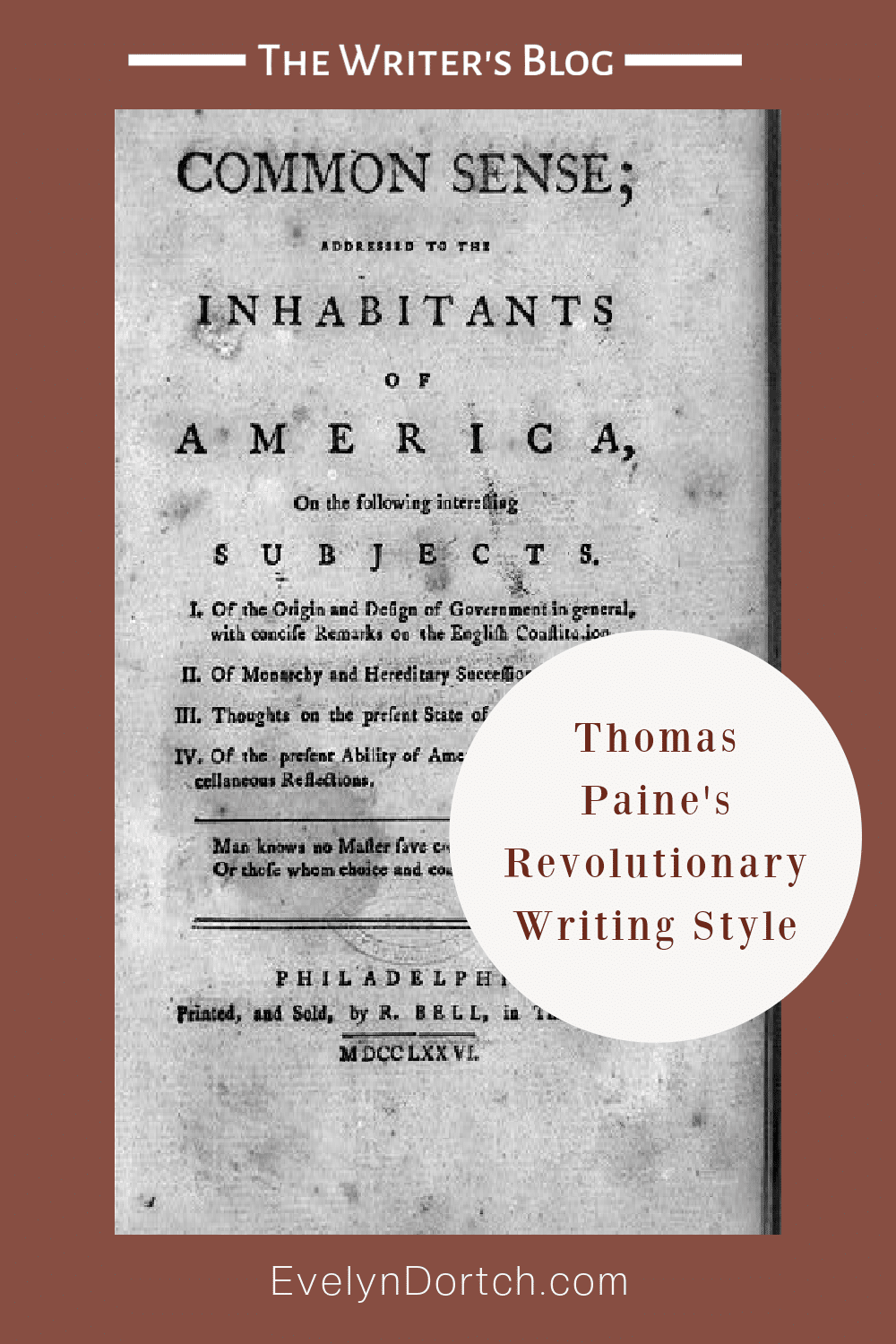Thomas Paine, a revolutionary thinker, and visionary writer, forever transformed American history with his influential pamphlet, “Common Sense.” This article delves into Paine’s remarkable writing style and explores how his 45-page pamphlet sparked both a literary revolution and ignited the spirit of independence within the American colonies.
The Literary Power of Common Sense
Published in January 1776, “Common Sense” captured the hearts and minds of American colonists, presenting a compelling case for independence. Paine’s unique writing style served as a catalyst, effectively communicating complex political ideas in a manner that resonated directly with the average person. Eschewing convoluted terminology, he opted for simple and accessible language, ensuring a wide readership. Through his approachable style, Paine empowered readers with knowledge and inspired them to take decisive action.
By infusing his writing with clarity and emotional appeal, Paine tapped into the collective sentiment of the colonists. His deliberate use of relatable language and persuasive rhetoric evoked a deep sense of injustice and dissatisfaction, fueling the desire for change. Paine’s writing fostered unity, offering a vision of a liberated America where individuals could participate in shaping the nation’s destiny. This vision resonated profoundly, galvanizing readers and propelling them toward action.
Paine’s revolutionary writing style challenged the status quo and empowered the average person. He recognized the importance of engaging readers on a personal level, utilizing straightforward language to convey urgency and ignite a passion for independence. In doing so, Paine harnessed the power of the written word, inspiring writers to follow suit and embrace their roles as agents of change.

The Writing Style of “Common Sense”
Clarity and Simplicity: Paine’s writing style was marked by its clarity and simplicity. He effortlessly conveyed his ideas, distilling complex concepts into digestible and relatable prose. This straightforward approach enabled the average person to grasp the urgency and significance of the independence movement, stirring their passion for change.
Emotional Appeal: Paine infused his writing with emotional appeal, aiming to evoke a deep sense of injustice and dissatisfaction among his readers. By skillfully weaving together logical arguments with powerful rhetoric, he tapped into the collective sentiment of frustration, giving voice to the grievances of the colonists and fueling their determination to fight for their rights.
Unity and Identity: Paine’s writing fostered a sense of unity and collective identity among the colonists. Through his words, he painted a vivid picture of an America free from British rule, where the average person could participate in shaping the destiny of the nation. This vision of self-governance and empowerment resonated deeply, forging a common purpose among the colonists.
The Transformative Impact of Common Sense
“Common Sense” wielded a transformative impact on the American Revolution, as Thomas Paine’s ability to inform, persuade, and energize through his writing galvanized the masses and ignited a spirit of rebellion and fortitude. Writers of the time drew inspiration from Paine’s literary power, recognizing the profound potential of words to shape history. His pamphlet served as a rallying cry, empowering writers to become agents of change, and instilling them with the confidence to voice their thoughts and aspirations.
Paine’s writing reverberated beyond its immediate audience, resonating with writers from diverse backgrounds and fueling a wave of creativity and intellectual discourse. Captivated by his ability to express the frustrations and aspirations of the colonists, writers eagerly seized the opportunity to contribute to the dialogue surrounding independence and the birth of a new nation. Through newspapers, pamphlets, and public debates, they actively engaged in shaping the revolutionary narrative.
Inspired by Paine’s example, writers began employing a more direct and persuasive style, seeking to evoke emotions, challenge the prevailing order, and mobilize readers into action. They recognized that engaging the average person was paramount for effecting change on a mass scale. Paine’s remarkable ability to touch the hearts and minds of his readers became a model to emulate, guiding writers toward their own powerful expressions.

Paine’s work underscored the fundamental importance of freedom of speech and expression. His writings epitomized the spirit of the First Amendment, demonstrating the remarkable power of words to challenge authority, shape public discourse, and advocate for the rights of individuals. Writers grasped the potential of their words to ignite movements and shape the course of history, fueling their commitment to being the conscience of the nation.
The legacy of Thomas Paine as a writer and revolutionary solidified the crucial role of writers in shaping the United States and its democratic ideals. They emerged as the guardians of the nation’s conscience, using their pens to scrutinize policies, expose injustices, and advocate for change. Paine’s influence extended far beyond the American Revolution, inspiring subsequent generations of writers to embrace their roles as public intellectuals and champions of democracy.





